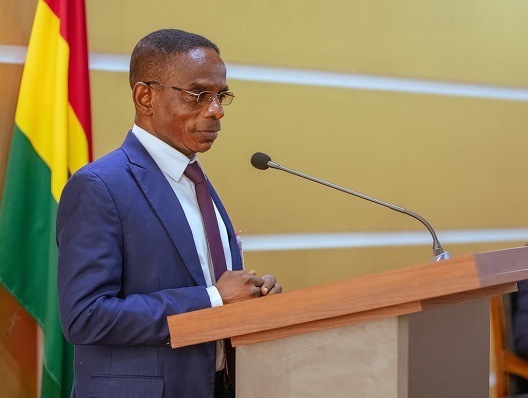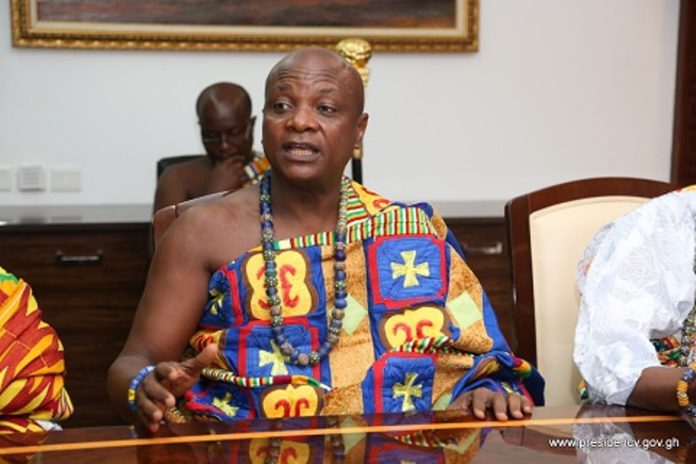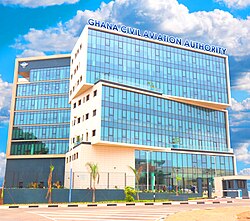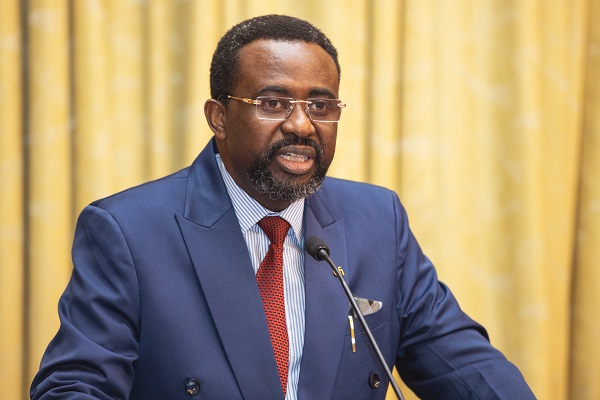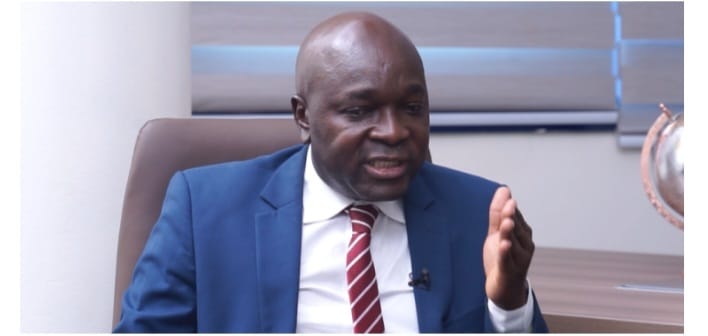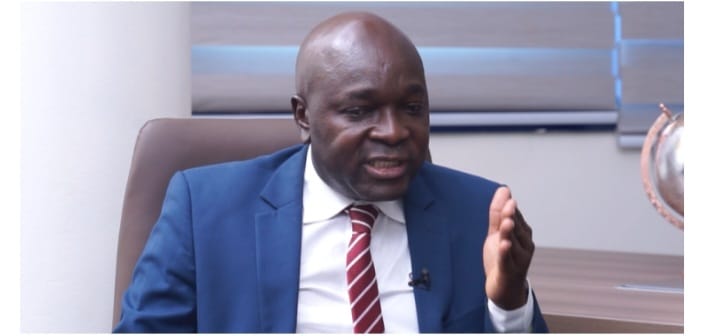Ghana’s public debt stock rose by GH¢15.8 billion ($1.5 billion) in July, reaching GH¢628.8 billion ($59.9 billion), or 44.9% of gross domestic product, reversing three straight months of decline as cedi-driven valuation gains faded.
The July increase follows a brief reprieve earlier this year, when a stronger local currency helped trim the nominal debt burden. The latest figures underscore the country’s ongoing fiscal fragility, with public debt still well below its March peak of GH¢769.4 billion.
External debt remained largely unchanged at $29.0 billion, equivalent to 21.8% of GDP, as exchange rate stability helped contain further increases. But domestic borrowing picked up pace, rising to GH¢323.7 billion in July from GH¢312.7 billion a month earlier. The surge pushed domestic debt to 23.1% of GDP.
On the fiscal front, Ghana recorded a budget deficit of 1.4% of GDP in July. The primary balance—which excludes interest payments—posted a surplus of 0.7%, signaling some restraint in underlying government spending.
The data reflects a precarious balancing act: the government is grappling with rising domestic borrowing costs even as currency movements offer fleeting relief on the external side of the ledger.




